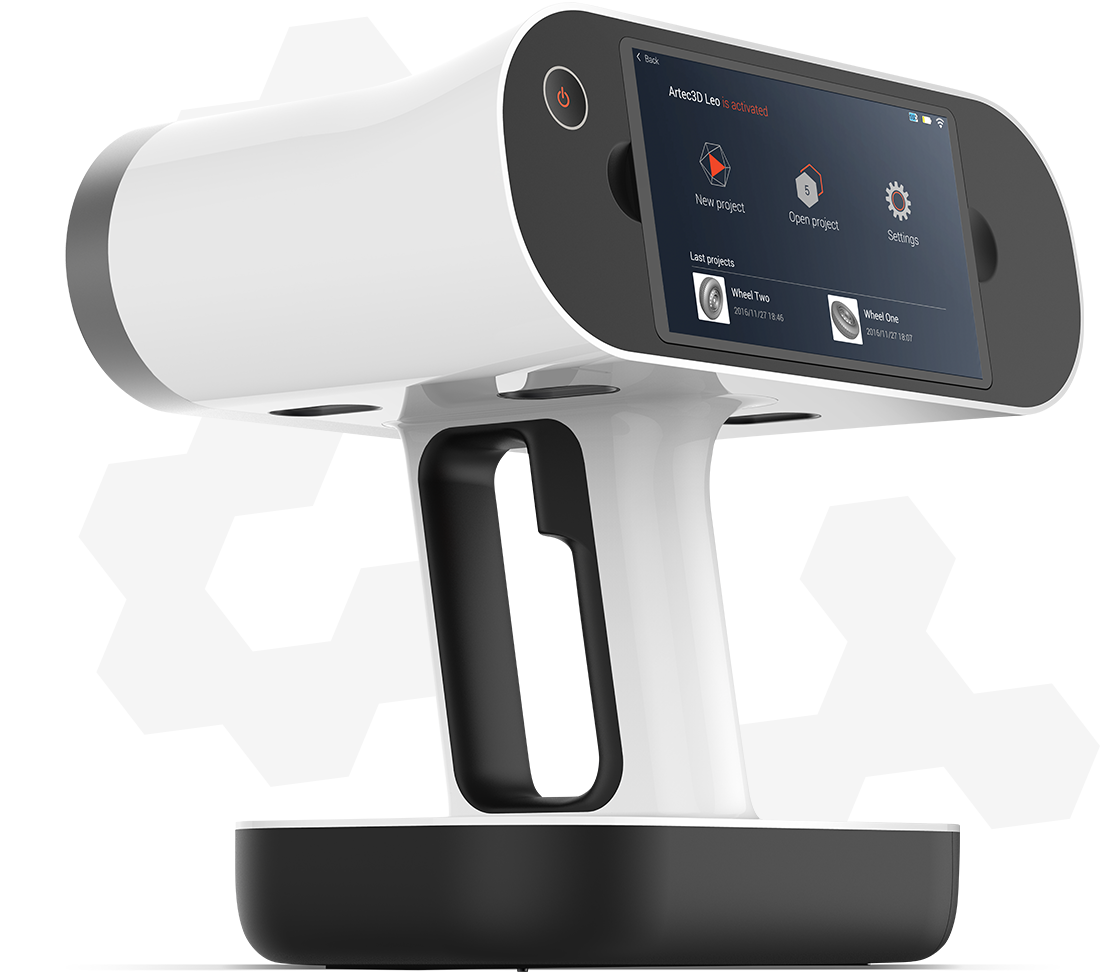In Sliced this week, we feature 3D printing news from Artec 3D, Hyrel, National Museum of Computing, Shining 3D, Duke University, University College Cork and 3D printed cheese research.
3D printing the Lorenz “unbreakable” cipher machine
British engineers are using 3D printing to mend a unique German World War 2 coding machine. The Lorenz Cipher machine is undergoing repairs at the National Museum of Computing in Bletchley Park. Bletchley Park was the site where the British codebreaking team was based in WW2.
The Lorenz device is no longer in working order as it is missing vital components such as a motor. To show the device in its fully functional form, engineers will 3D scan an existing machine and then 3D print new unique components.

Hyrel launches new five-headed HYDRA 3D printers
3D printing company Hyrel has released two new HYDRA 3D printers. The devices have five different tool heads to allow for a variety of different functions. Hyrel offer over 25 different toolheads which can be interchanged with the machines. The HYDRA printers come in two different forms, a desktop model and a larger floor model. As a result of its interchangeable head, it can 3D print PCB circuit boards as well as a large number of other materials. Research from China has recently explored the use of 3D printing to create circuits.
Artec unveils Leo, the first AI-based handheld 3D scanner
Artec 3D, a 3D scanner manufacturer, announces new AI-based scanning device. According to the company, the new Leo device is “one of the fastest handheld 3D scanners in the world – capturing data at up to 80 frames per second (FPS).” The Leo scanner is able to automatically process large amounts of 3D data using AI algorithms.
Artyom Yukhin, president and CEO of Artec 3D, said
Our goal is to make professional 3D scanning as easy as shooting video for any industry and the Artec Leo is the next big step in achieving that goal.

Police robot will make traffic stops safer
Students from Duke University have created a 3D printed robot device that aims to prevent violence between police and civilians in the United States. The robot, called Sentinel, is a small vehicle equipped with a video screen and camera. This is attached to a lift mechanism which can reach 7ft high. The students have formed a company to create the device called Trapezium Technologies.
The Sentinel is intended to be deployed by police during traffic stops in order to mitigate confrontation between drivers and police officers. The students have utilized 3D printing in order to reduce typical costs of creating policing robots.
Duke University is also exploring 3D printed electronics using a desktop 3D printer.
Gif via Trapezium Technologies.
Speakers announced for the Rapid + TCT show
The keynote speakers have been announced for the Rapid + TCT conference. The event will take place on May 8-11th in Pittsburgh at the David L. Lawrence Convention Center. Some of the many additive manufacturing experts speaking at the event include Philippe Cochet, EVP at GE and Terry Wohlers, Principal Consultant and President of Wohlers Associates, Inc.
Shining 3D reveal new industrial printers
Shining 3D, upon acquiring large shares of Chinese company E-Plus 3D last year, has showcased new industrial 3D printers at TCT Asia. The two powder bed fusion machines are capable of producing 3D printed metal parts and add to Shining’s extensive range of 3D printing machinery.

3D printed cheese research
And finally… New research from Ireland explores the possibilities of 3D printing processed cheese. The research was undertaken at the University College Cork and included collaboration with Jonathan J O’Sullivan, Process Development Engineer at Unilever. The research evaluated the use of 3D printing to create processed cheese and found that,
3D printing substantially changes the properties of processed cheese, possibly offering new potential applications for tailoring structures using this novel process.
They used a modified desktop 3D printer to print the cheese and found that the cheese was significantly softer than its non-3D printed counterpart. The research has been published in the Journal of Food Engineering. 3D printing company Wasp has explored 3D printing gluten free food.
An alternative 3D printing cheese method. Gif via Andrew Maxwell-Parish.
Sign up to our newsletter for the latest 3D printing news and follow us on twitter and Facebook.
Featured image shows processed cheese, sliced.


